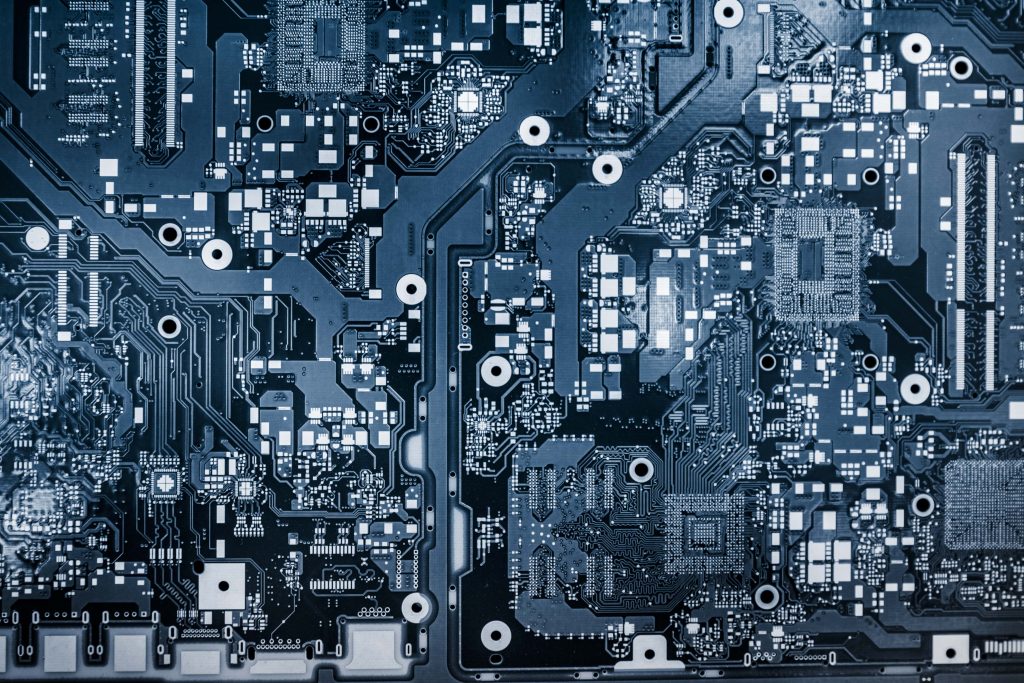Printed Circuit Board Layer Stackups
At MCL, we’re your expert navigator through the world of stackup choices, ensuring your electronic arsenal is perfectly equipped. Need seamless integration with your design tools? Our impedance models make it effortless. Craft efficient, impedance-aligned PCB stackups that resist bowing and twisting, optimizing performance and reliability.
All About PCB Layer Stackups
PCB layering, or stackups, is simply a way to get multiple printed circuit boards in the same device by stacking them on top of each other while making sure there is a predefined mutual connection among them. These multilayer PCBs, which can multiply speed and functionality in a device, consists of at least three conductive layers, with the bottom layer synthesized with the insulation board.
While PCB stacking can confer a lot of advantages, including a reduction in impedance mismatch and signal cross-talk problems, there are also challenges that come with a printed circuit board layer stack.
Some problems with PCB multilayer stacking can include:
- Increased EMI Radiation: This can happen if the stack is designed poorly and there is impedance mismatch, which creates reflections within the system. A proper stacking design will reduce mismatch and prevent this issue.
- Interlayer Offset: If you’re having a problem with interlayer offset, using a hot-melting and rivet-and-dowel method for board side design should prevent it in the future.
- Stackup Measling: If you are getting measling when stacking your boards, add silicon pads with epoxy plate while arranging the boards. This will balance pressure and eliminate measling while keeping a uniform board thickness.

Other Printed Circuit Board Stackup Considerations
A multilayer PCB stack should endeavor to meet the following five objectives:
- Ground and power planes that are coupled together as closely as possible
- Signal layers always adjacent to planes
- Signal layers coupled as closely as possible to their planes
- Routing of high-speed signals through buried layers between planes to contain radiation
- Multiple ground planes to lower impedance and radiation
Not every PCB stack needs to meet all these goals. In fact, you will need an eight-layer board to cover all five. However, you should try to achieve as many as possible in your stackup design, and work with your PCB engineering team to determine which of these goals is the greatest priority in boards with less than eight layers.

Get a Free Quick Quote.


Contact MCL Today
Millennium Circuits Limited supplies a wide variety of printed circuit boards for a range of applications for different industries all over the globe, including multilayer circuit boards. To find out more about multilayer boards, the stacking process and whether or not PCB stackups are right for you and your industry, contact MCL today.

